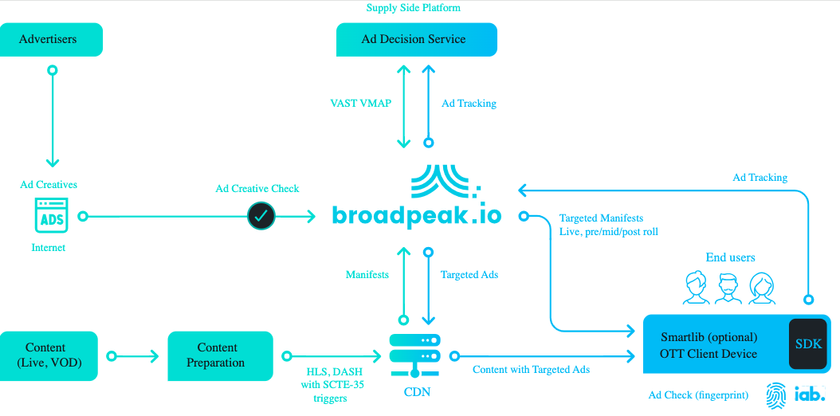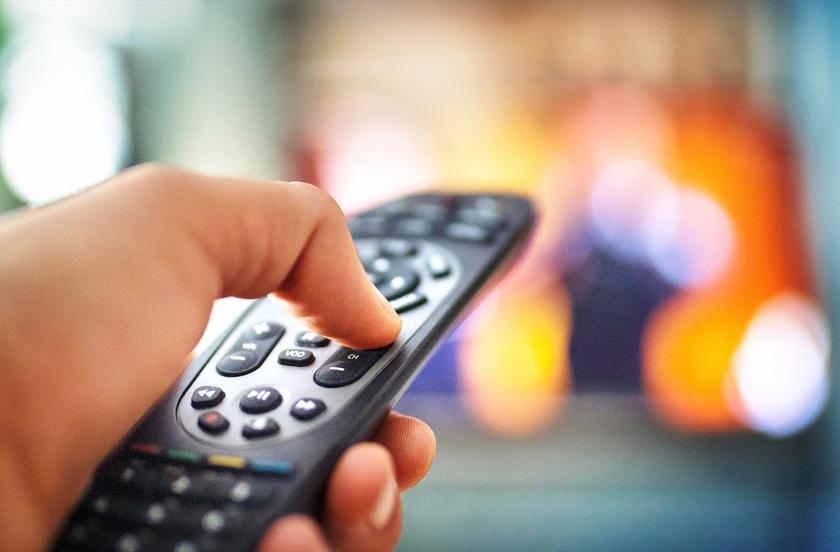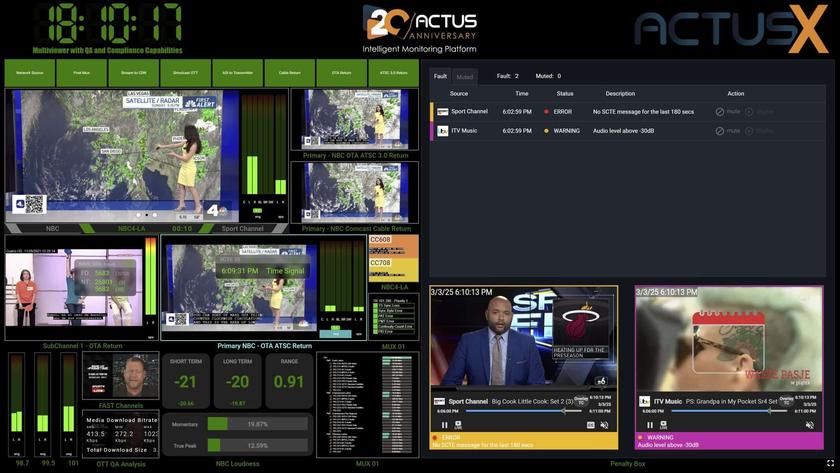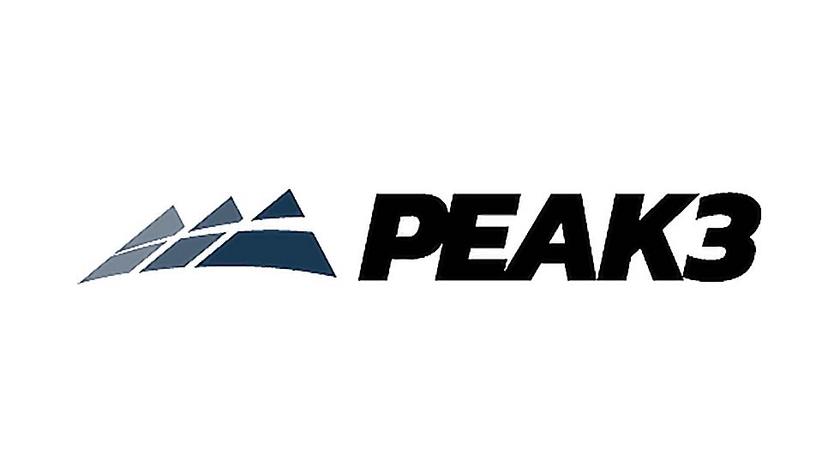FAA to Propose Drone Flight Over People Rule by Winter
WASHINGTON—Federal regulators will address drone flight over people in a proposal due out for comment this winter, according to an executive action taken this week by the Obama Administration.
“The proposed rule for Operations of Small Unmanned Aircraft Over People is scheduled to be published for public comment by this winter,” the White House Fact Sheet said. “This proposed regulation will become the framework for beneficial uses of drones near crowds, such as aerial photography or videography for newsgathering; for certain types of infrastructure inspection; and other applications.”
The proposed rule will be based on the recommendations from an industry stakeholder committee formed earlier this year. Current FAA rules prohibit flight within 500 feet of those not involved in the operation of the drone. Recently adopted rules going into effect Aug. 29 will narrow that down to “flight over people.”
“The risk associated with flight over people is due to mechanical reliability issues that a remote pilot in command may have a limited opportunity to evaluate without airworthiness certification or a more extensive maintenance process. At this time, the FAA has no data establishing how that risk could be mitigated through operational constraints—whether performance-based or otherwise—other than a prohibition on flight over people,” the FAA’s Small Unmanned Aircraft Rule (Part 107) stated.
What Part 107 does allow for is waivers, and for drones to be operated “over a person who is inside a stationary covered vehicle.” It also allows micro drones of no more than 4.4 pounds to be flown over people, and states that the FAA will address the issue for all small drones (up to 55 pounds) in a separate rulemaking—the one the White House wants started by by winter.
This rule will leverage the April 1, 2016, Aviation Rulemaking Committee report done for flying micro drones over people. It makes recommendations based on “a risk threshold that correlates to either a weight or an impact energy equivalent and, to the extent necessary to minimize the risks associated with that category, additional performance standards and operational restrictions.”
In addition to establishing the timeframe for addressing flight over people, Tuesday’s executive action chartered a drone safety team and brought together efforts from several public agencies.
The White House committed $35 million over five years to the National Science Foundation to study the use of drones for “infrastructure inspection, prevention of airport bird strikes, smart disaster response, agricultural monitoring and study of severe storms.”
NASA is charged with researching safe integration of drones in the National Airspace System, and developing standards for sense-and-avoid technology.
The Department of the Interior, which manages one-fifth of all U.S. land, has used drones since 2009 for wildlife and vegetation surveys. Under the president’s directive, the DOI will develop and maintain a training program for drone-based search and rescue by October 2018.
By next year, the National Oceanic and Atmospheric Administrationwill start collecting precise gravity measurements from drones to create “a new vertical elevation reference system that will improve flood plain mapping and help mitigate risks for coastal communities from tsunamis, hurricanes, and storm surges.” NOAA also will commence shipboard drone operations by 2017.
For its part, the U.S. Postal Service Office of Inspector General said it would publish new findings and analyses on drone-delivered mail—including public response.
Local governments also made commitments for the president’s drone initiative. Empire State Development, New York State’s chief economic development agency, is investing $5 million to create a drone skunkworks of sorts, for standardized testing and ratings, “in a corridor between the cities of Syracuse and Rome, N.Y.”
The Northern Plains UAS Test Site in North Dakota will conduct beyond visual-line-of-sight flights in what the White House said is “the nation’s first drone business park of its kind.”
“Pending FAA airspace authorization, these flights will go from the surface to 29,000 feet without a chase aircraft and support the integration of heavier, faster UAS that can operate at higher altitudes,” the White House Fact Sheet said.
Several private sector entities are chipping in research and development, aerial drone delivery of medical supplies, public relations with regard to airspace integration and a public awareness campaign from Sinclair Broadcast Group. Sinclair, which said it was the only broadcaster invited to the White House “Drones and the Future of Aviation” workshop held Tuesday. (See, “Sinclair Commits to Drone Safety PSAs, Development,” Aug. 3, 2016.)
The Drone Racing League is releasing best practices for the drone racing industry, and Women of Commercial Drones and the Commercial Drone Alliance joined forces to get women into commercial drone operation, which the White House projected as an $82 billion market that could create as many as 100,000 jobs by 2525.
Drone manufacturer DJI is taking drones to schools by supporting 4-H’s National Youth Science Day in October. Still other groups are promoting the transition of military veterans into commercial drone work through training programs and apprenticeships.
Privacy is to be addressed by a multi-organization effort to “raise awareness for users of UAS technology” about voluntary best practices with regard to privacy, “and some of the ways they can be incorporated into various operations.” TheFuture of Privacy Forum, Intel and PrecisionHawk contributed a report entitled “Drones and Privacy by Design: Embedding Privacy Enhancing Technology in Unmanned Aircraft.”
“The report highlights technologies and practices that help drone operators minimize the collection and retention of personal data, obfuscate images of individuals collected from the air, and secure personally identifiable information,” the White House said. “The widespread adoption of geo-fencing and other technologies is enabling drones to reduce privacy risks while tackling important, often life-saving missions.”
Sen. Ed Markey (D-Mass.) said voluntary best practices are not enough.
“When it comes to drone privacy, we are still essentially flying blind,” he said. “As more drones take flight, voluntary privacy guidelines and best practices are simply not enough. Drones flying overhead could collect very sensitive and personally identifiable information about millions of Americans, but right now, we don’t have sufficient safeguards in place to protect our privacy. We need to put privacy rules on the books now before more and more drones take flight over our heads and backyards.”

Get the TV Tech Newsletter
The professional video industry's #1 source for news, trends and product and tech information. Sign up below.

FCC’s Carr Warns YouTube TV About “Bias” Against Religious Networks

NDI Releases New Metadata Standards








